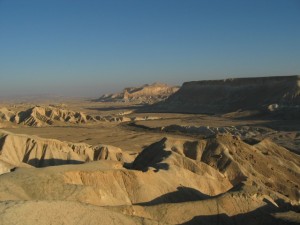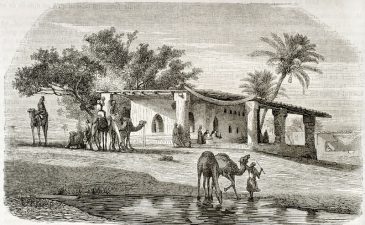Even as some solar projects are just taking flight in Israel, underlining a new wave of optimism about the technology’s ability to succeed in the country, other solar giants are taking their leave of Israel. International energy and infrastructure giant, Siemens, announced last Monday that it was closing down its Siemens-Solel plant in Beit Shemesh, Israel. In the process, 70 of the concentrated solar power (CSP) plant’s employees were laid off.
“Due to the changed framework conditions, lower growth and strong price pressure in the solar markets, the company’s expectations for its solar energy activities have not been met,” said Michael Suess, member of the managing board of Siemens AG and CEO of the energy sector, as reported by Calcalist on October 22.
“The global market for concentrated solar power has shrunk from 4 gigawatts to slightly more than 1 gigawatt today. In this environment, specialized companies will be able to maximize their strengths,” Suess added.
As the Israeli solar market grows, companies have slowly begun to build both photovoltaic and solar thermal plants.
But bureaucratic delays and less than optimal government incentives have slowed the market. Although Israel’s Public Utility Authority (PUA) actually introduced solar feed-in tariffs in 2008 in an effort to encourage installations, the tariffs introduce a level of bureaucratic complexity to development. As previously reported by Green Prophet, solar utilities can’t afford to ignore the tariffs that their competitors are benefiting from. PUA’s scheme limits residential feed-in tariffs to 15KWp and commercial feed-in tariffs to 50KWp with a 50MW total installation limit for the first 7 years. In this way, residential and large scale commercial solar companies are competing for licenses which entitle them to a slice of this pie.
But now that photovoltaics have dropped as low as $1/Watt, PUA is considering reducing feed-in tariffs by up to 34% from last year to 65 agorot per kilowatt hour. This move is intended to save ratepayers NIS 2 billion which would otherwise become windfall profits for solar utilities.
In a Jerusalem Post article published in August, Arava Power Company CEO Jon Cohen said that such low feed-in tariffs would cause Israel’s green energy possibilities to “slip between our fingers.”
He went on to say that because of this policy, Eliat’s generators would continue to burn diesel during times of peak demand at a cost that exceeds the feed-in tariff.
But not all is lost for Israel’s solar market. In early 2012, the PUA suddenly approved nine licenses in a month totaling 385 megawatts of utility scale PV, and another 50 small PV installations totaling 116 MW.
And the Beit Shemesh plant, while being abandoned by Siemens for now, is far from closing its door. There are already a list of contenders seeking to buy back the plant from Siemens, including, Calcalist reports, former Solel-Siemens Israel CEO Avi Brenmiller. Shikun & Binui Renewable Energy, Spanish Abengoa Solar and the Chinese government have also already expresses interest in buying out Siemens’ Israel solar operations, which is estimated to carry a price tag of only tens of millions of shekels, far less than the original $420 million USD Siemens shelled out to acquire Israel’s Solel in the first place.
Image from Siemens




